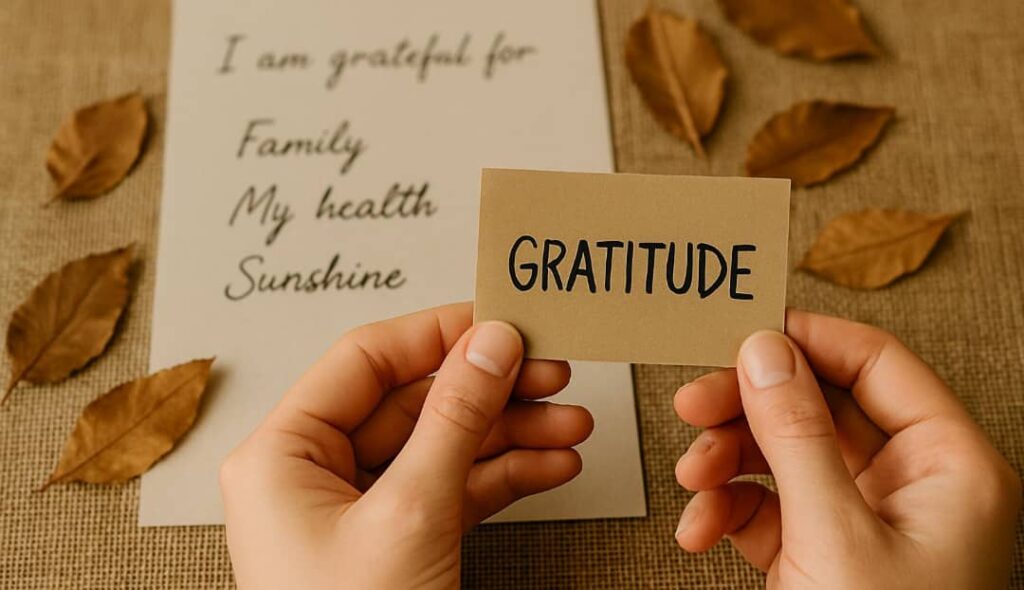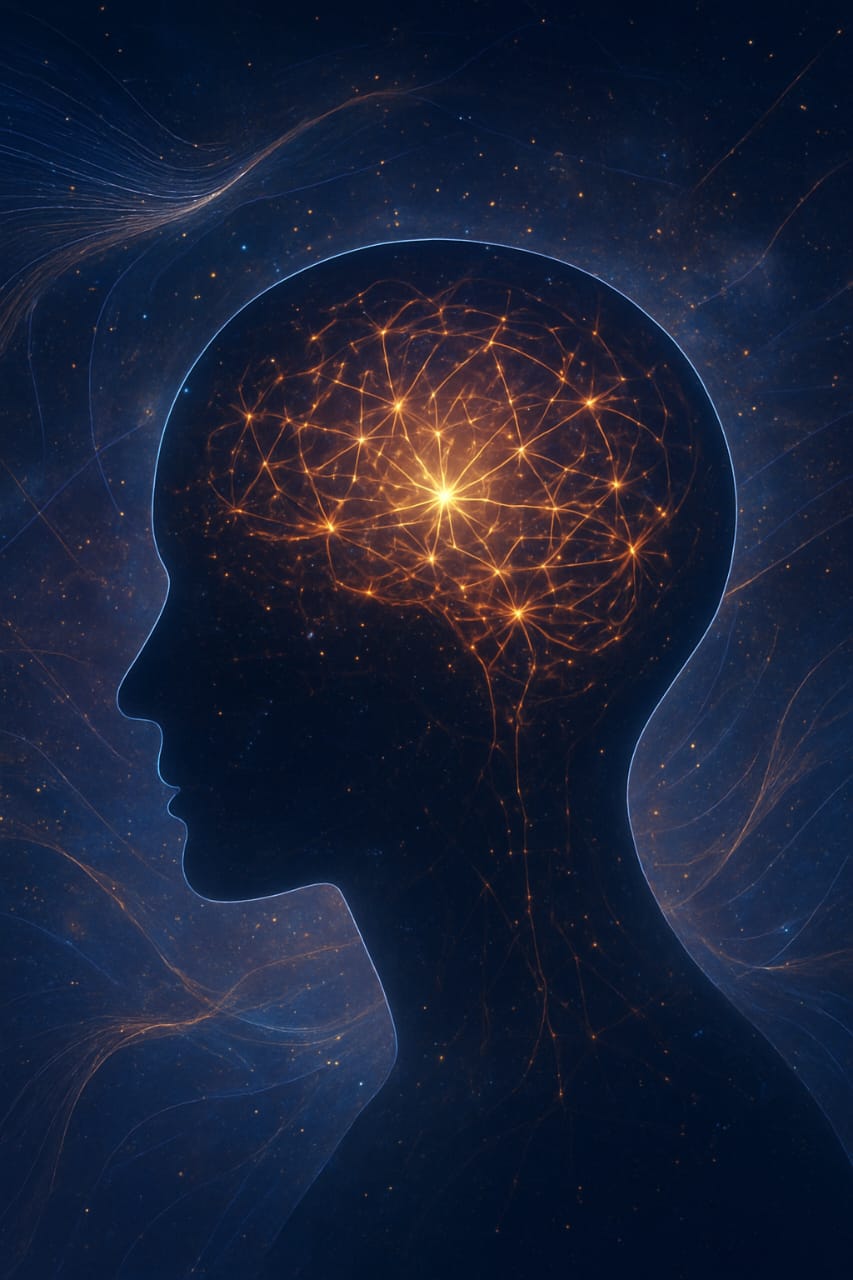In this series, I aim to demystify modern spirituality, demonstrating that ancient understandings of the human condition are not exclusive to the ‘enlightened.’ Instead, they provide an intelligent and effective way of living for everyone when understood and integrated properly.
Gratitude often gets labeled as fluffy or passive—a polite nod, a fleeting smile, a feel-good moment. But true thankul mindset, when practiced with intention, becomes something else entirely: a mental shift, a nervous system reset, and a creative unlock. For entrepreneurs, creators, and business leaders, this isn’t just self-care—it’s strategy.
The science is now catching up with what ancient traditions long knew: consistent thankful mindset, how we perceive setbacks, relate to others, and even how we generate ideas. It’s a reprogramming tool, moving us from fear and scarcity into clarity and flow.
Learn how practicing gratitude can boost creativity, reduce pressure, and drive meaningful success. This blog explores timeless techniques and modern strategies for integrating gratitude into your personal and business journey.
Not Spiritual — Scientific
Neuroscience shows us that gratitude literally rewires the brain. Practicing appreciation activates the prefrontal cortex and enhances dopamine and serotonin release—neurochemicals tied to motivation, connection, and overall wellbeing.
This is why innovators like Oprah Winfrey, Richard Branson, and countless high-performing leaders incorporate sense of gratitude into their routines. It’s not about mysticism—it’s about mental performance. Regularly acknowledging what’s working shifts our attention from pressure to possibility. It also lowers cortisol (the stress hormone), which often blocks creative thinking and problem-solving.
In other words, gratitude is a neuro-strategic tool for better business outcomes.

The Earliest Known Version
Gratitude practices can be traced back through nearly every ancient tradition. In the Egyptian Book of the Dead, gratitude was viewed as a moral compass. In Vedic texts, it’s woven into daily mantras. Stoic philosophers like Seneca and Marcus Aurelius emphasized morning reflections on what one has, rather than what is lacking.
Even indigenous tribes across Africa and the Americas built community rituals around expressing appreciation for nature, resources, and each other—reinforcing trust, resilience, and collective vision.
What’s important to note: grateful living was never just a feeling. It was a daily discipline.
Practical Applications: How to Incorporate
- The Gratitude Trigger List
Start by identifying 3–5 consistent cues in your day—waking up, brushing your teeth, drinking water, opening your laptop—and anchor a 5-second gratitude thought to them. It can be as simple as “Thank you for this breath,” or “I’m glad I get to do work I care about.”
This trains your brain to associate routine tasks with positive, grounding thoughts. Over time, this lowers stress, improves focus, and boosts resilience when challenges come.
- Gratitude Journaling for Creatives
Each morning or evening, jot down:
One thing that worked
One challenge you’re grateful for (yes, even the hard stuff)
One person who inspired you today
This builds emotional range and helps creators and business owners view their path with more perspective and momentum.
- Gratitude as Team Culture
In leadership and collaboration, expressing appreciation is one of the most overlooked productivity tools. Recognizing small wins in your team—or even in yourself—reinforces a growth mindset. Try weekly “appreciation rounds” during team meetings, or end the week by writing a message of thanks to someone in your circle.
Appreciation reduces burnout, fosters loyalty, and raises creative confidence across teams.
Conclusion: Gratitude Is a Creative Catalyst
Gratitude isn’t about denying hardship. It’s about framing it. It’s a lens through which we see solutions instead of just problems. It fosters connection, reduces fear-based thinking, and unlocks the space where true creativity lives.
In business, in creativity, and in life, gratitude is a quiet power source. It fuels forward motion. It strengthens purpose. And when practiced consistently, it creates something most strategies can’t touch: inner alignment and sustainable success.



